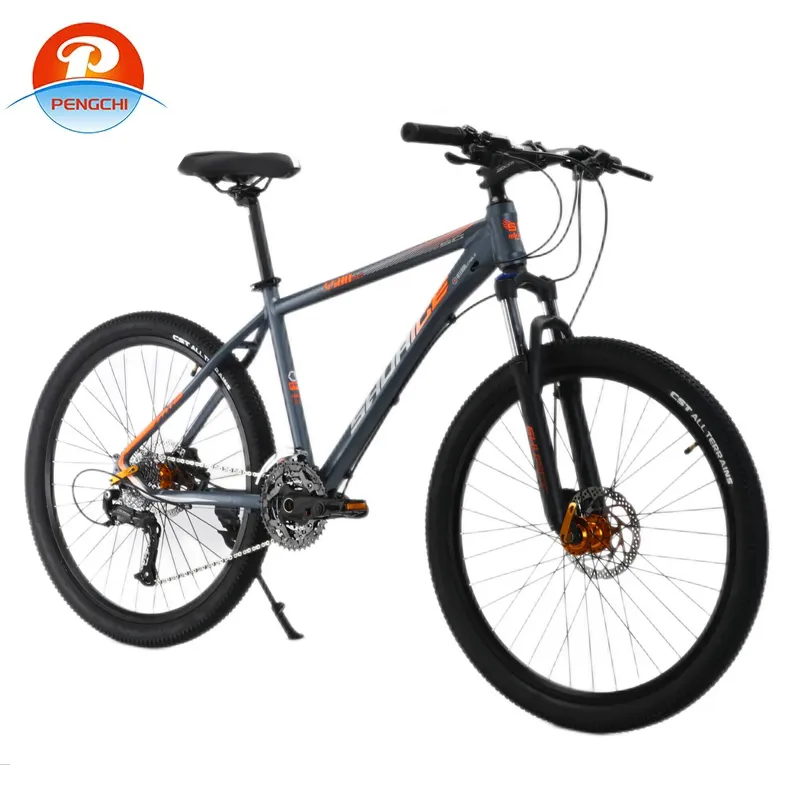
-
 Afrikaans
Afrikaans -
 Arabic
Arabic -
 Belarusian
Belarusian -
 Bengali
Bengali -
 Bulgarian
Bulgarian -
 Croatian
Croatian -
 Czech
Czech -
 Danish
Danish -
 Dutch
Dutch -
 English
English -
 Finnish
Finnish -
 French
French -
 German
German -
 Greek
Greek -
 hawaiian
hawaiian -
 Hebrew
Hebrew -
 Hindi
Hindi -
 Hungarian
Hungarian -
 Indonesian
Indonesian -
 irish
irish -
 Italian
Italian -
 Japanese
Japanese -
 Javanese
Javanese -
 kazakh
kazakh -
 Khmer
Khmer -
 Korean
Korean -
 Kyrgyz
Kyrgyz -
 Lao
Lao -
 Latin
Latin -
 Luxembourgish
Luxembourgish -
 Malay
Malay -
 Myanmar
Myanmar -
 Norwegian
Norwegian -
 Persian
Persian -
 Polish
Polish -
 Portuguese
Portuguese -
 Romanian
Romanian -
 Russian
Russian -
 Serbian
Serbian -
 Slovak
Slovak -
 Somali
Somali -
 Spanish
Spanish -
 Swedish
Swedish -
 Tagalog
Tagalog -
 Thai
Thai -
 Turkish
Turkish -
 Turkmen
Turkmen -
 Ukrainian
Ukrainian -
 Uighur
Uighur -
 Vietnamese
Vietnamese
Dec . 17, 2024 10:02 Back to list
bike sizes for children
Choosing the Right Bike Size for Children A Comprehensive Guide
When it comes to ensuring that children enjoy cycling while remaining safe and comfortable, selecting the right bike size is crucial. A poorly fitted bike can lead to discomfort, discouraging children from riding and potentially leading to accidents. In this article, we’ll explore the factors to consider when choosing bike sizes for children, along with some practical tips and guidance.
Understanding Bike Sizing
Children's bike sizes are generally categorized by the wheel diameter, which is the primary measure used to determine the right fit. Bikes are typically available in different sizes, such as 12, 14, 16, 20, and 24, corresponding to the diameter of the wheels. As a rule of thumb, the right size allows a child to stand over the bike frame with both feet touching the ground comfortably.
Measuring Your Child’s Height
One of the first steps in determining the right bike size is measuring your child's height. Sizing charts provided by many bike manufacturers can serve as a good guideline. For example
- 12 inches Suitable for children 28-38 inches tall (approx. ages 2-4 years) - 14 inches Ideal for those 36-42 inches tall (approx. ages 3-5 years) - 16 inches Recommended for kids who are 40-48 inches tall (approx. ages 5-8 years) - 20 inches Fits children 42-52 inches tall (approx. ages 6-10 years) - 24 inches Best for those 50-56 inches tall (approx. ages 8-12 years)
Keep in mind that these measurements are general guidelines, as individual growth rates and preferences may vary
.Factors to Consider
bike sizes for children

1. Skill Level The child’s riding ability should influence the bike size. Beginners may benefit from smaller bikes that are easier to handle and control. As their confidence grows, transitioning to a larger bike will be necessary.
2. Adjustability Bikes with adjustable seat heights and handlebar positions allow for a better fit as your child grows. This adjustability can extend the life of the bike, making it a worthwhile investment.
3. Weight of the Bike Lighter bikes are easier for children to maneuver. Look for models that use lightweight materials, especially for younger riders who need to be able to lift and control their bikes with ease.
4. Test Ride Nothing beats trying out the bike before making a purchase. Most bike shops encourage you to take a test ride. Ensure that your child can mount and dismount easily, reach the pedals comfortably, and apply the brakes safely.
Additional Tips
- Safety Gear Always equip your child with a properly fitted helmet and pads. Safety gear is essential, irrespective of the bike size. - Frequent Reassessments Children grow rapidly, and their bike needs may change every year. Regularly check if the bike still fits correctly to maintain comfort and safety.
- Encouragement Encourage your child to ride regularly. Building confidence is key in developing a lifelong love for cycling.
Conclusion
Choosing the right bike size for your child is essential for safety, comfort, and enjoyment. By taking accurate measurements, considering essential factors, and involving your child in the selection process, you can find the perfect fit. Ultimately, the right bike will not only promote a healthy lifestyle but also create cherished memories of outdoor adventures. So gear up, and let's get those little ones riding!
-
New Red Anti-theft E-Bike | Easy Ride City Commuter
NewsJul.31,2025
-
BMX 20 Inch Bikes for Freestyle & Street | Fat Tire Options Available
NewsJul.30,2025
-
322 High Quality 26 Inch 21 Speed Adult Mountain Bike OEM MTB
NewsJul.29,2025
-
Specialized Kids Mountain Bikes - Safe, Durable & Fun Riding Experience
NewsJul.29,2025
-
Little Kids Mountain Bike - Lightweight Bikes for Young Riders
NewsJul.29,2025
-
Kids Mountain Bike Trek – Full Suspension for 6 Year Old Riders
NewsJul.29,2025

